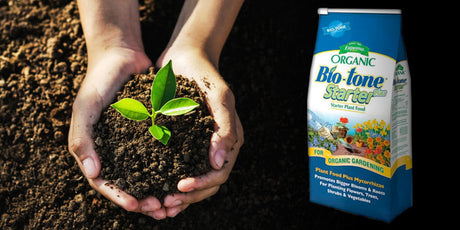

Garden and Landscaping Edging Ideas
|
|
Time to read 3 min
|
|
Time to read 3 min
Landscape edging is a proven way to improve and define anyone’s outdoor space. Its primary task is to distinguish one area from the next. Thus, edging serves as a way to separate the lawn grass from your garden bed. Likewise, its aesthetic value cannot be denied. This is why there are many garden and landscaping edging ideas out there — and we’ve got several right here for you.
One of the most popular edging materials is metal. In particular, homeowners use either steel or aluminum edging. Both of these smooth and durable materials can be bent to create curved edgings. Place them four inches deep not only to keep them in place but also to effectively prevent grass roots from going over to your garden.
We highly recommend painting your metal edging if you want them to be significantly less noticeable on your property. In fact, this edging is barely visible since you can have just half an inch of it appearing from the ground. Such a low height will allow you to use the mower with no issues, but the edging can be painful is you step on it with your bare feet.
Both aluminum and steel work best in flat terrain. However, you should opt for aluminum if you don’t want to get tired assembling them. These metals have similar costs, but steel is incredibly heavier than aluminum. In addition, aluminum is rust-proof while steel isn’t.
For a more traditional look, you can utilize either concrete pavers or brick pavers. These materials stop the grass from spreading to your garden without being too restrictive for your shrubs. In addition, the relatively flat surface of pavers ensures that the mower wheels can move with utmost stability. If you intend to use bricks, make sure you acquire the brick pavers instead of the common bricks — the latter isn’t as tough and suitable for outdoor use.
Regardless of the type of paver you pick, you should place them in a sand bed. This layer of sand will help you secure the pavers in place. Pavers can be used for landscapes with slopes and curves. Still, it will be difficult to fit them if the curvature of your yard isn’t gradual — you’d have to use a diamond blade saw to cut the pavers.
This is a very affordable way to build an edging. It’s readily available in local stores, and it isn’t difficult to maintain. The only occasional task is to remove any weeds growing where the gravel is. Furthermore, gravel is fairly tough and it doesn’t succumb to rust like steel edging. Foot traffic isn’t an issue, especially if you use sharp-cornered stones. Unlike the round pebbles, these stones will offer a more leveled surface for foot traffic.
Likewise, gravel has long been used to improve drainage. It doesn’t affect how your plants develop their root systems in the soil. Then again, you must spread them properly in the first place. Borders are needed to prevent these small stones from being displaced.
How about a natural form of edging? Similar to gravel, this is a cheap and readily available edging material. However, the advantage of mulch over stones is that it helps the soil. Shredded mulch is even better than wood chips since it can tolerate heavy foot traffic. This is why mulch is also included in lists of garden path ideas. Apart from preventing the proliferation of weeds in your yard, mulch can improve the moisture retention of the soil.
Similar to mulch, flagstones are often utilized for pathways as well. A flagstone edging evokes a traditional vibe just like concrete pavers. It comes in a variety of colors to suit your preferences. Choose subdued tones to complement the green foliage or use vibrant colors for a visual contrast. Simply place one flagstone on top of another — they’re tough and heavy enough to stay in place.
Overall, creating a garden or landscape edging is a fun activity. You can choose among a variety of materials. Flagstones and pavers offer a classic look while mulch and gravel are affordable yet effective options. We hope that our guide proved handy to your edging plans. If you have any questions, feel free to send us a comment.


PBM Team |
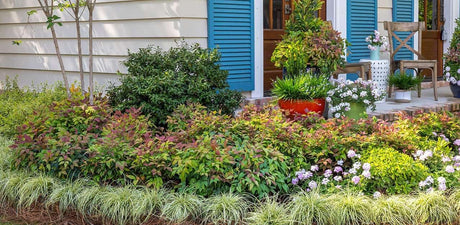
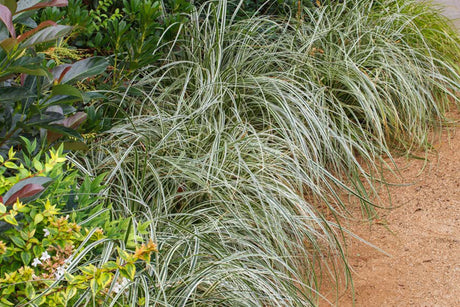
PBM Team |
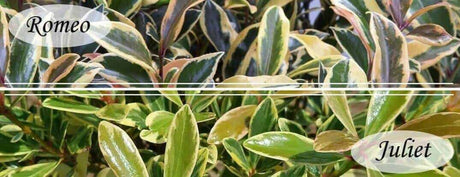
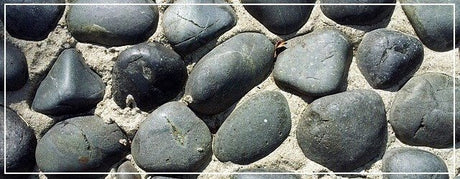
PBM Team |




